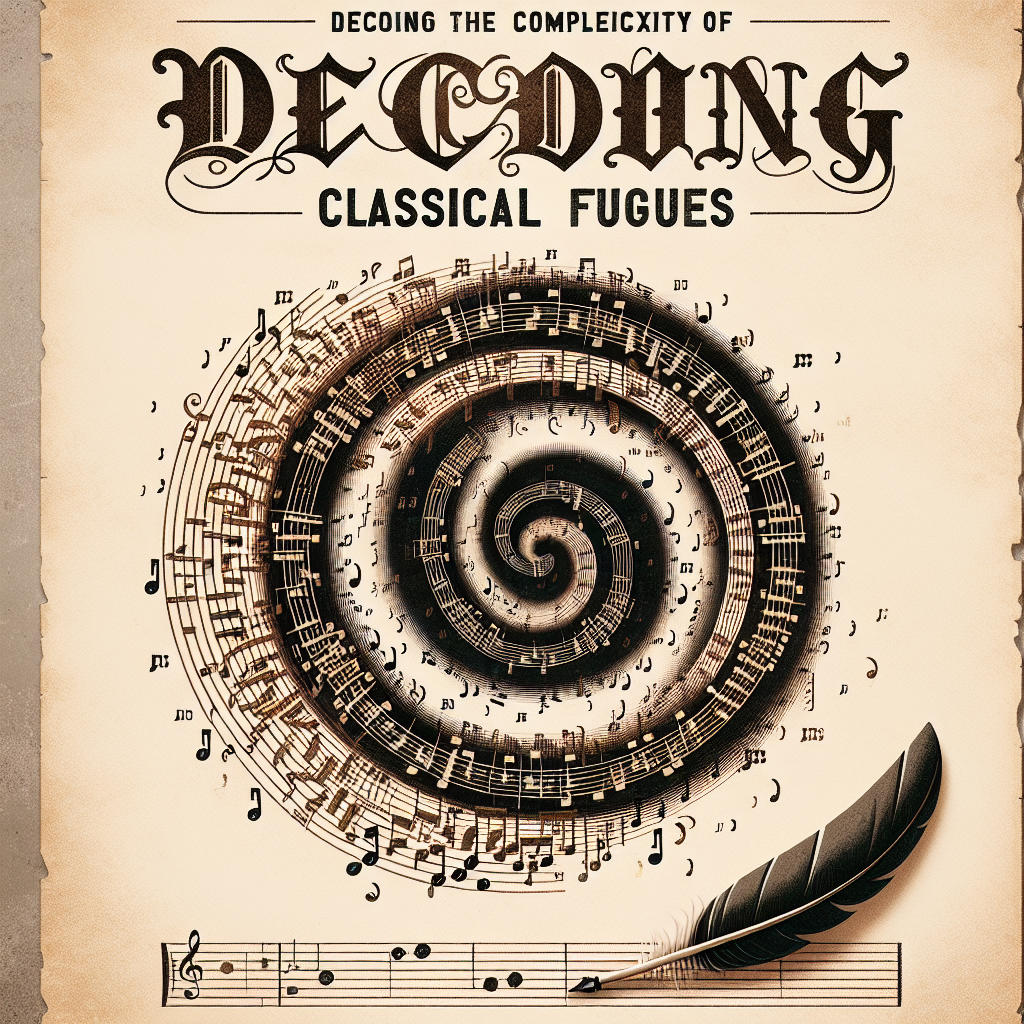In the realm of music, few experiences are as enriching or complex as a well-coordinated classical music ensemble. The ensemble serves as a testament to the unity, cooperation, and excellence which make classical music such a memorable spectacle. This article discusses the art and mastery of a classical music ensemble by examining the critical elements underlying its success, including musicians’ commitment, leadership, communication, and rehearsal methods.
Commitment and Skills of the Ensemble Members
At the heart of a successful Ensemble is the commitment and skills of its members. Every member of the ensemble must be able to execute their individual parts flawlessly, they need to have exceptional skill and deep understanding of their instrument. While distinct virtuosity is essential, the ability to collaborate and contribute harmoniously to the group effort is equally important.
Leadership and Conducting
The conductor of an ensemble stands as the linchpin of the group, guiding each player through the intricacies of the musical composition. A good conductor must possess a thorough understanding of the music, incisive artistic insight, and exceptional communication skills to encourage cohesion and synchrony among the musicians.
Communication
Communication within an ensemble extends beyond conversations. It constitutes the non-verbal cues, the mutual understanding, and the shared creative vision that the ensemble members cultivate over time. A glance, a gesture, or an instinctive adjustment in tempo can communicate volumes in the middle of a performance. Thus, seamless communication is vital in an ensemble setting.
Rehearsal Techniques
Rehearsals are the crucible where the ensemble refines its sound and homogenizes its interpretation. Here, the ensemble members fine-tune their playing, harmonize their tempo, dynamics, and articulation, under the guidance of the conductor. The rehearsal techniques often include sectional practice, listening exercises, and performance simulations, aimed at ensuring a flawless concert.
Conclusion
An effective classical music ensemble is the product of many interconnected factors: the technical proficiency of the musicians, the leadership skills of the conductor, the communication within the ensemble, and the effectiveness of the rehearsal methods. When these elements are skillfully combined, the result is a performer’s ensemble that epitomizes a seamless synergy, resembling a well-oiled machine functioning with breath-taking precision and soul-stirring beauty.
Frequently Asked Questions
1. What is the role of a conductor in an ensemble?
A conductor is responsible for leading the group through rehearsals and performances, interpreting the music, and ensuring that all musicians are playing together in harmony and following the same interpretation. The conductor serves as the group’s artistic director as well.
2. How important is communication within an ensemble?
In an ensemble setting, communication is paramount. It isn’t merely about verbal conversations; it involves an implicit understanding, unspoken cues, gestures, fine adjustments, implicit trust, and shared artistic vision among the ensemble members.
3. Why are rehearsals important in a classical music ensemble?
Rehearsals are crucial for refining the ensemble’s collective sound, syncing their interpretations, and ironing out any potential performance glitches. It is an opportunity for learning, improving, and perfecting their art.
4. What is a classical music ensemble?
A classical music ensemble can be described as a group of musicians who perform together. This group could range from a small chamber ensemble, like a string quartet, to a full symphony orchestra with over a hundred musicians.
5. What skills should a musician possess to be part of an ensemble?
Proficiency on their instrument, an understanding of their role within the group, the ability to blend with other instrumental voices and to adapt quickly are all crucial skills. Above all, they must be able to function as a team player, understanding the importance of collaboration in achieving a unified performance.




